World Water Day on March 22nd, marks a day that highlights the importance of maintaining freshwater systems, but according to an analysis of the Clean Water Act (CWA), Indiana has the “most total miles of rivers and streams classified as impaired (or unusable) for swimming and water contact recreation.”
Ashlyn Walker, Green Action Club (GAC) co-president and senior, said this rampant water pollution in Indiana is a problem.
She said, “The White River is the most widely known river in our area, and it’s been known for having problems like E. coli and there are restrictions for when people are allowed to swim and use the water for recreation.”
Daniel Brunette, sponsor of Green Stream Anglers, said he’s always cautious about fishing from the river because of the pollution.
The Current Issue
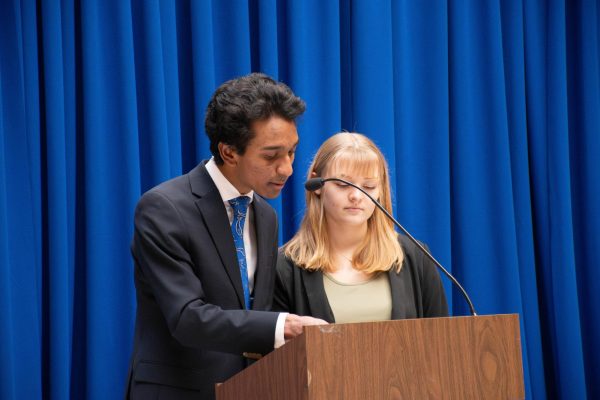
(Grace Guo)
“[Because] of the mercury, I personally don’t eat fish out of the White River. I have been reluctant because I’ve seen some real weird stuff in there,” he said. “You just find tires, random articles of clothing, shoes and trash. It makes you wonder why you’re fishing in this area.”
Susie McGovern, senior water policy associate of the Hoosier Environmental Council, said the current legislature has failed to fix water pollution.
“According to a recent report that analyzed data collected from the CWA, Indiana has some of the worst water quality in the nation,” she said. “I think we’re at a tipping point with water pollution. We’re realizing that current regulations are failing to protect water quality, and these regulations are consistently being weakened.”
McGovern said the state of water pollution has gotten to a concerning level.
She said, “Manure waste from animal farms, industrial chemicals, urban stormwater runoff, and sedimentation from land disturbance are some of the major contributors to water pollution. Additionally, many of Indiana’s natural water filtration systems such as forests and wetlands have been removed, so we’re missing out on the natural mechanisms that could potentially help us clean up water pollution more robustly. Ultimately, the water pollution situation is a result of poor land management practices that have failed to protect water quality.”
According to Walker, the biggest risks of pollution are health issues, as the White River runs across multiple residential areas, where it can contaminate ground and drinking water.
McGovern said she agreed with Walker and that there were multiple health risks discernable from chemicals.
According to McGovern, most of the water in our rivers is cycled through homes and industries. Many industrial processes use polyfluorinated alkyl substances (PFAS), which are carcinogenic, and are unregulated under current laws.
Brunette said, because of the health risks, he uses the White River only for recreation.
“[I] do sport fishing, so you’re trying to catch largemouth and smallmouth bass, as well as walleyes. There’s a great stretch of river from 16th street to Noblesville, and there’s no businesses on the water, so it’s pretty well taken care of, but I’m not going to go swimming there,” he said.

McGovern said Indiana was making an effort for new regulations, especially in agriculture.
“The Indiana State Department of Agriculture (ISDA) is responsible for monitoring and managing water pollution under various programs and regulations, including permits for point-source discharges, stormwater runoff permits, wetland permits, and other programs aimed at limiting the amount of pollution that ends up in our waterways,” she said. “The ISDA has a cover cropping initiative, which will help improve water pollution from agricultural fields through the planting of cover crops on large-scale, monoculture farms. There are also programs to help farmers and private property owners restore wetlands on their property, which is important for water purification purposes.”
Brunette said the perception of the White River’s geological makeup influences people’s perspectives, despite the cleanup efforts.
He said that part of the issue is that the riverbed is primarily mud or clay, which makes the water look dirty. Because of the visual, it is perceived that the river is unclean, even though that may not be the case.
The Historical Problem
Brunette said both companies and communities can help solve the water crisis.
“After the [Guide Corp] chemical spill in 2000, they started cracking down on businesses that are illegally polluting water,” he said. “As individuals, we should follow the old adage of ‘leave the place cleaner than you found it,’ and try not to destroy the natural habitat. If everyone had that level of respect, you’d have more pressure on politicians to continue and enforce stricter laws about letting chemicals and toxins into the river.”
McGovern said it may be decades before the population sees noticeable results.
She said that many states and countries are setting target timeframes from 2030 to 2050 to reduce greenhouse gas emissions, and it is likely to see encouraging results in 15 to 20 years.
What Can Be Done
Walker said she thinks people should participate in conservation efforts. She said that legislation needs to put restrictions on what can be dumped, and people should participate in community cleanups, such as trash pickups. Despite not particularly affecting the chemical makeup of the water, she said they still help regardless.
McGovern said the community has many opportunities for conservation.
“Citizen led groups in Indiana are also becoming more robust in response to poor water laws. A great example is the Stop the Water Steal Campaign, which is spearheaded by David Sanders, a West Lafayette City Councilor, and backed by many citizens,” she said. “The group is fighting a proposed water pipeline which would withdraw 100 million gallons of water from the Teays aquifer near Lafayette, Indiana. The pipeline naturally creates a water pollution risk, along with many other complications and overlapping issues. It’s really encouraging to see citizens of Indiana step up and advocate for better water management.”
Walker said there were many ways for students to get involved in environmental initiatives.
“There are a lot of events coming up for Green Action in the holidays, like a light drive. There’s a lot of volunteer opportunities within Carmel Clay Parks and Recreation, and it’s important to take part in local community efforts.”












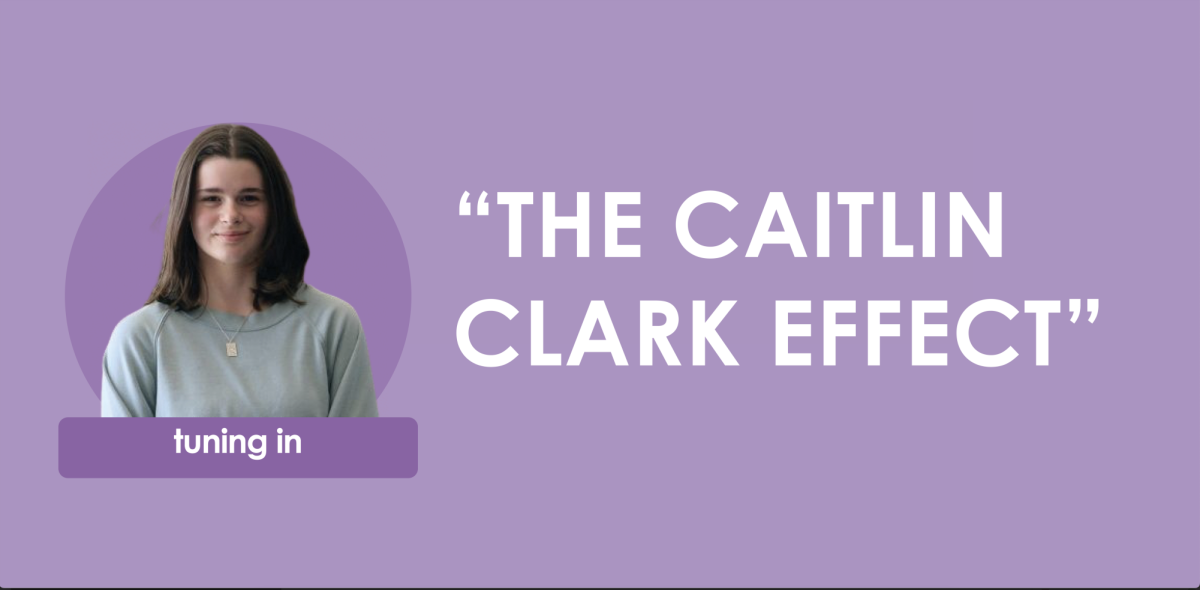








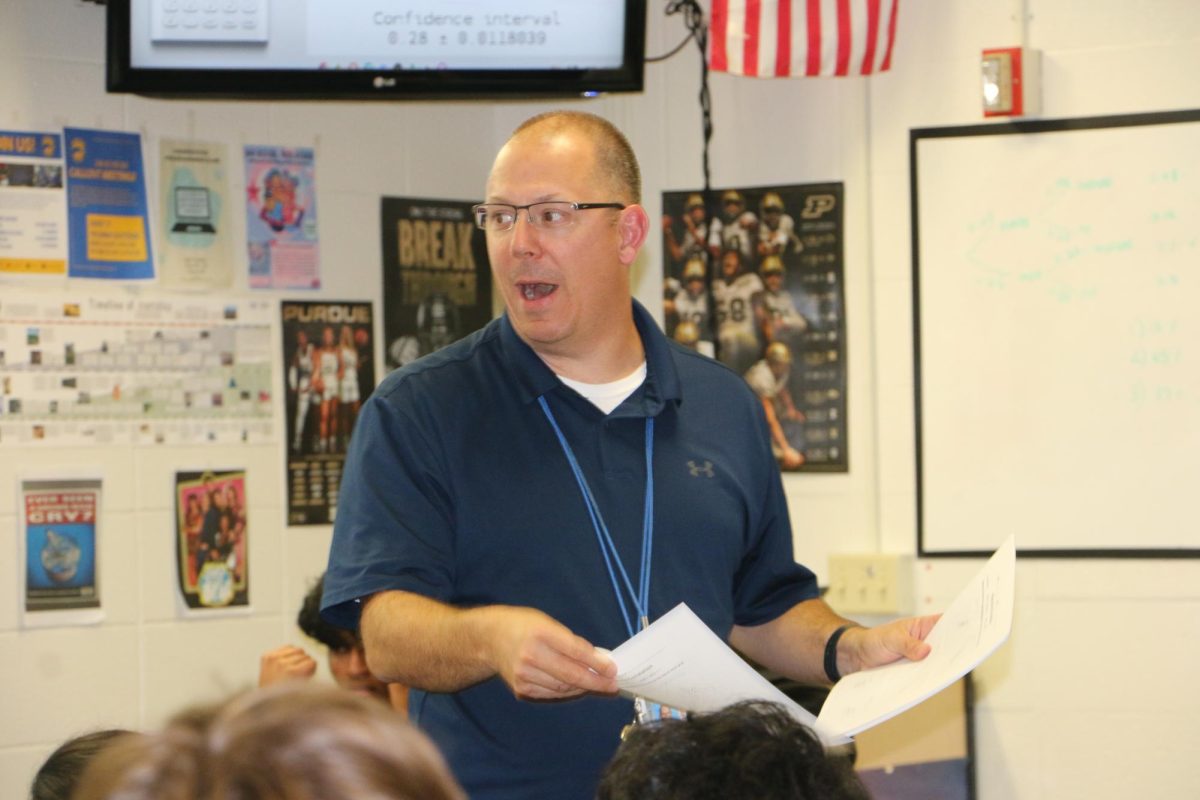



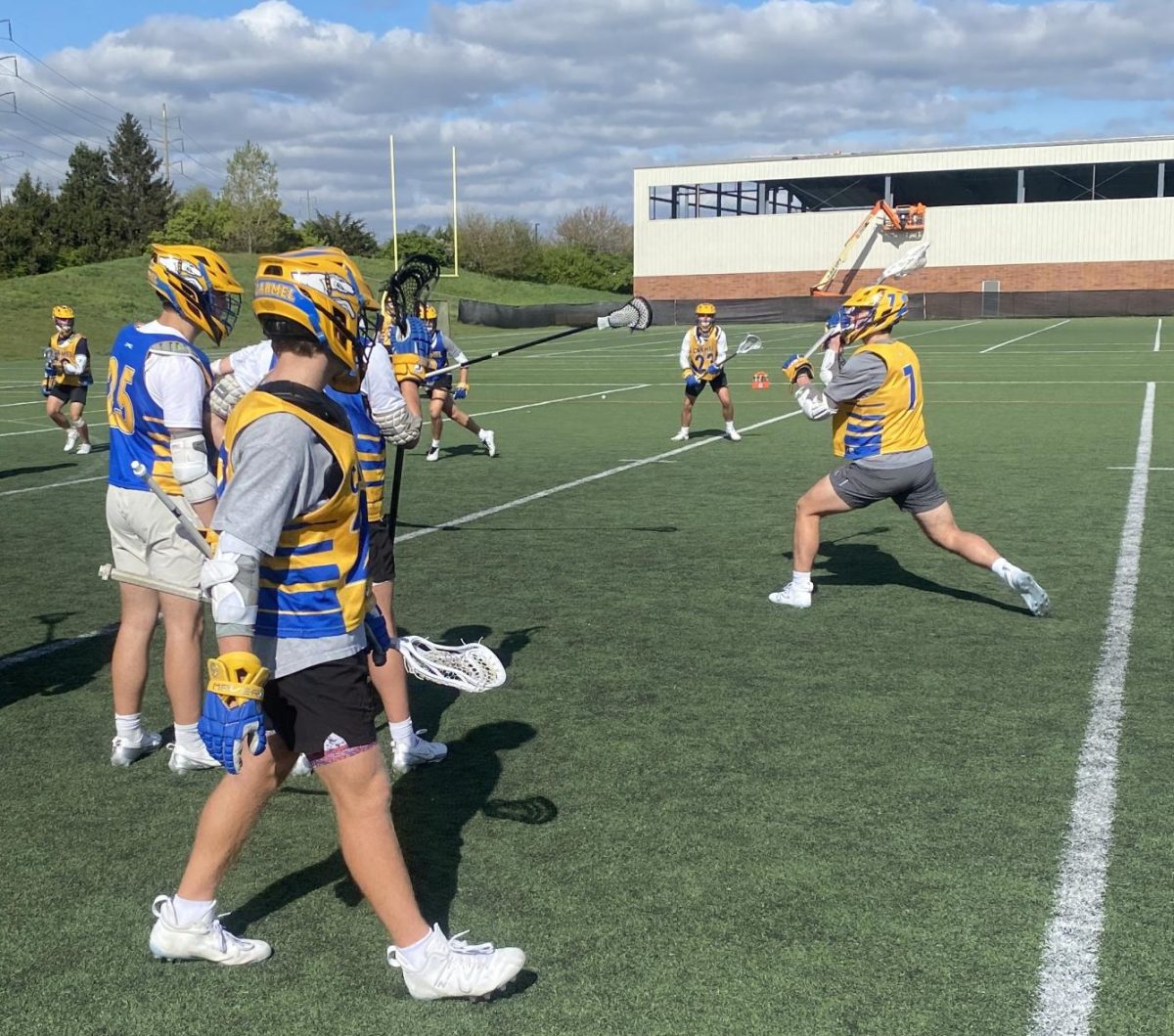




![Family vlogger controversy, need for content reform [opinion]](https://hilite.org/wp-content/uploads/2024/05/Screenshot-2024-05-14-11.33.37-AM-1200x465.png)





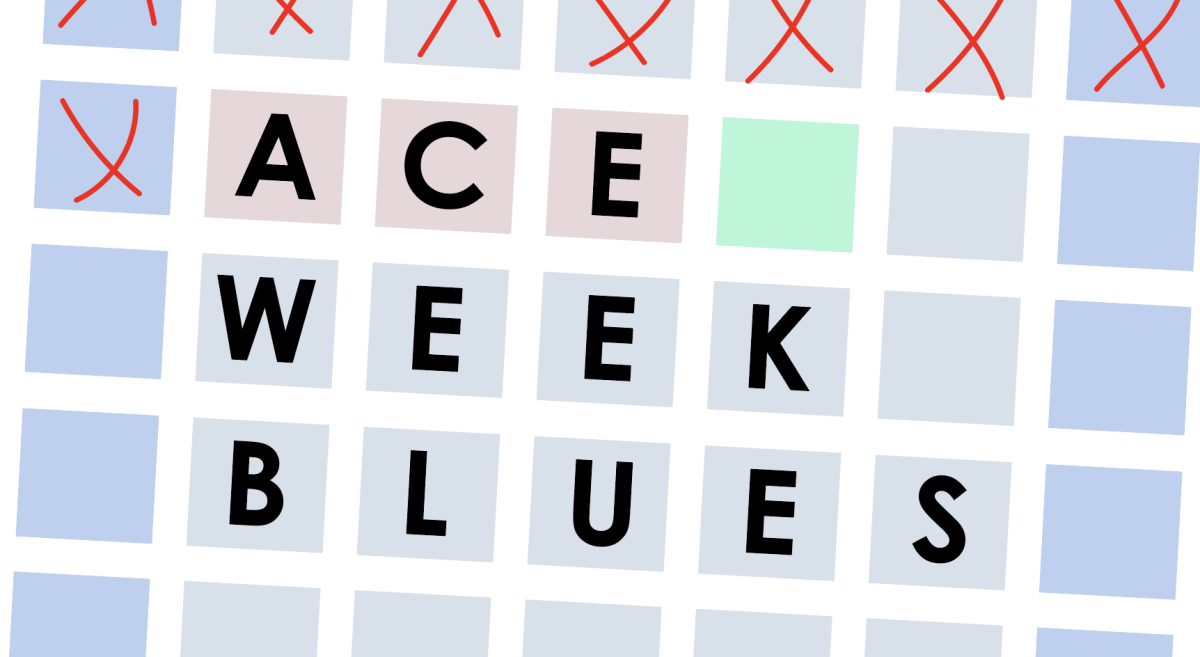
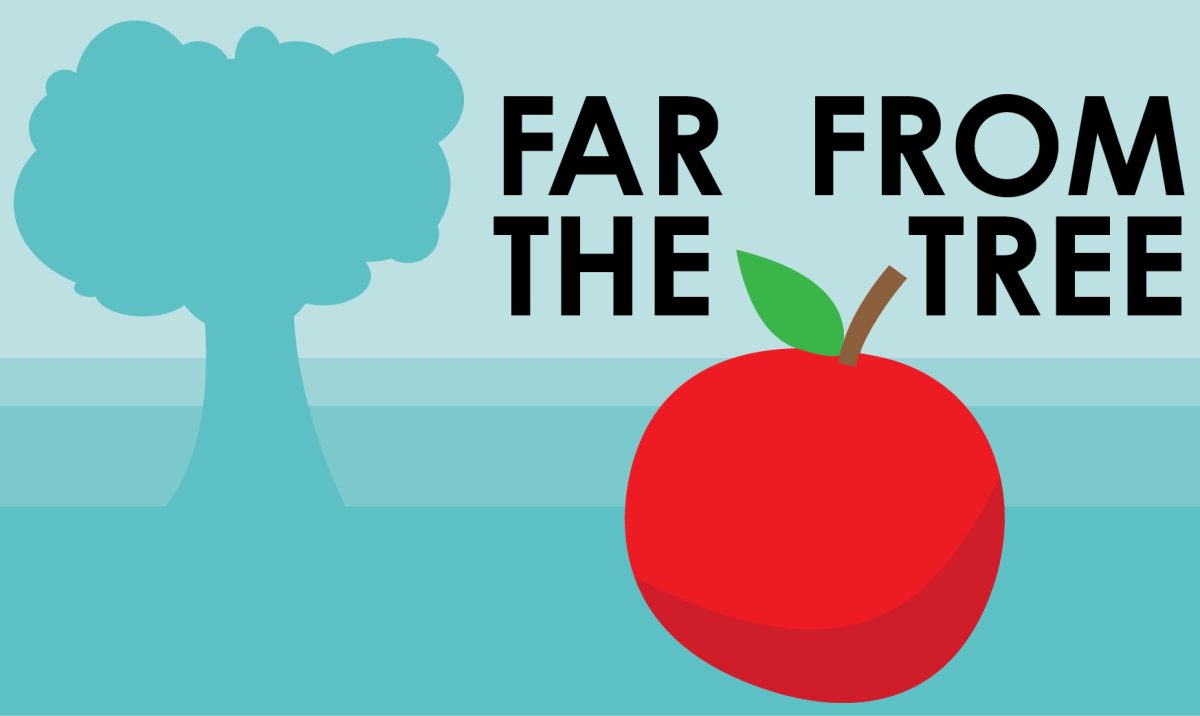
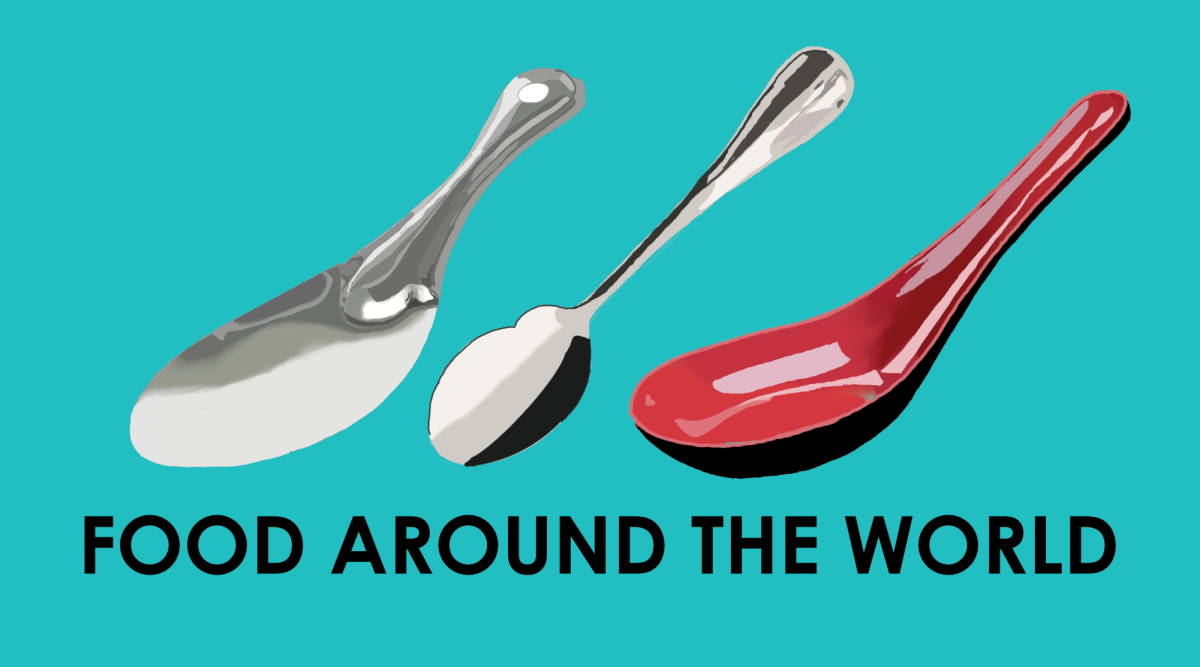
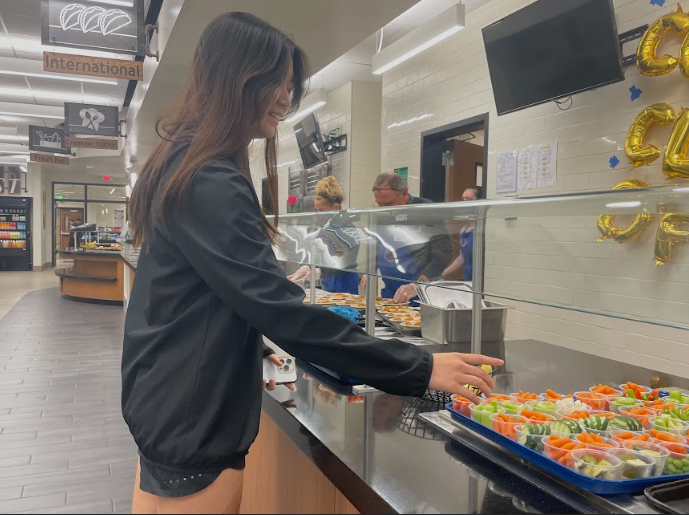



















![Review: Taylor Swift’s new album The Tortured Poets Department is not her best work but is still a brilliant album [MUSE]](https://hilite.org/wp-content/uploads/2024/05/The-Anthology_Cover-1200x675.webp)
![Review: Challengers does it all [MUSE]](https://hilite.org/wp-content/uploads/2024/05/challengers-poster-1200x600.png)
![Review: A House of Flame and Shadow by Sarah J. Maas was a disappointing read [MUSE]](https://hilite.org/wp-content/uploads/2024/05/house-of-flame-and-shadow-feature.png)
![Review: Conan Gray’s new album, “Found Heaven”, is a refreshing twist on modern music [MUSE]](https://hilite.org/wp-content/uploads/2024/05/Screenshot-2023-10-31-at-16.01.05.webp)
![Review: “Bodies, Bodies, Bodies” is the quintessential Gen-Z movie [MUSE]](https://hilite.org/wp-content/uploads/2024/05/Screenshot-2024-05-15-140618.png)
![Review in Print: Maripaz Villar brings a delightfully unique style to the world of WEBTOON [MUSE]](https://hilite.org/wp-content/uploads/2023/12/maripazcover-1200x960.jpg)
![Review: “The Sword of Kaigen” is a masterpiece [MUSE]](https://hilite.org/wp-content/uploads/2023/11/Screenshot-2023-11-26-201051.png)
![Review: Gateron Oil Kings, great linear switches, okay price [MUSE]](https://hilite.org/wp-content/uploads/2023/11/Screenshot-2023-11-26-200553.png)
![Review: “A Haunting in Venice” is a significant improvement from other Agatha Christie adaptations [MUSE]](https://hilite.org/wp-content/uploads/2023/11/e7ee2938a6d422669771bce6d8088521.jpg)
![Review: A Thanksgiving story from elementary school, still just as interesting [MUSE]](https://hilite.org/wp-content/uploads/2023/11/Screenshot-2023-11-26-195514-987x1200.png)
![Review: When I Fly Towards You, cute, uplifting youth drama [MUSE]](https://hilite.org/wp-content/uploads/2023/09/When-I-Fly-Towards-You-Chinese-drama.png)
![Postcards from Muse: Hawaii Travel Diary [MUSE]](https://hilite.org/wp-content/uploads/2023/09/My-project-1-1200x1200.jpg)
![Review: Ladybug & Cat Noir: The Movie, departure from original show [MUSE]](https://hilite.org/wp-content/uploads/2023/09/Ladybug__Cat_Noir_-_The_Movie_poster.jpg)
![Review in Print: Hidden Love is the cute, uplifting drama everyone needs [MUSE]](https://hilite.org/wp-content/uploads/2023/09/hiddenlovecover-e1693597208225-1030x1200.png)
![Review in Print: Heartstopper is the heartwarming queer romance we all need [MUSE]](https://hilite.org/wp-content/uploads/2023/08/museheartstoppercover-1200x654.png)













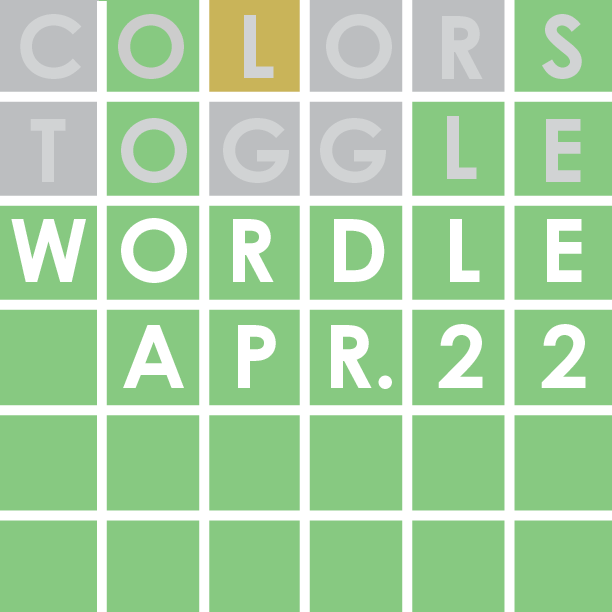








![Review: “Ginny & Georgia” is a dramatic and poorly made emotional rollercoaster–and I loved it anyway [MUSE]](https://hilite.org/wp-content/uploads/2024/03/ginny-and-georgia-season2-main-be37bbb9487a41e88b3f66c3baacd5c3-300x177.jpg)
![Review: Witch Hat Atelier is a masterpiece in art and world-building, but the story has only begun [MUSE]](https://hilite.org/wp-content/uploads/2024/01/unnamed-211x300.png)
![Review: “Mysterious Lotus Casebook” is an amazing historical Chinese drama [MUSE]](https://hilite.org/wp-content/uploads/2024/03/0-300x170.webp)
![Review: “A Little Life” by Hanya Yanagihara is the epitome of a heartwrenching masterpiece [MUSE]](https://hilite.org/wp-content/uploads/2024/01/unnamed-5-300x200.png)


